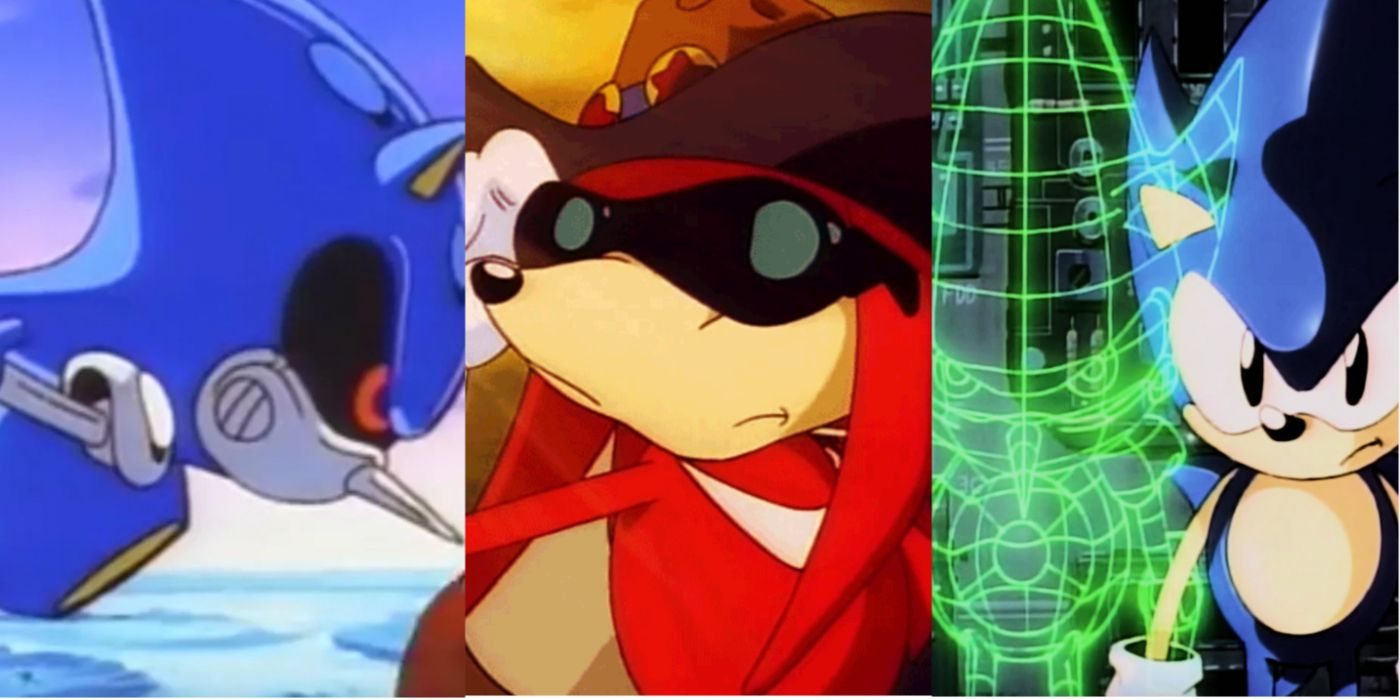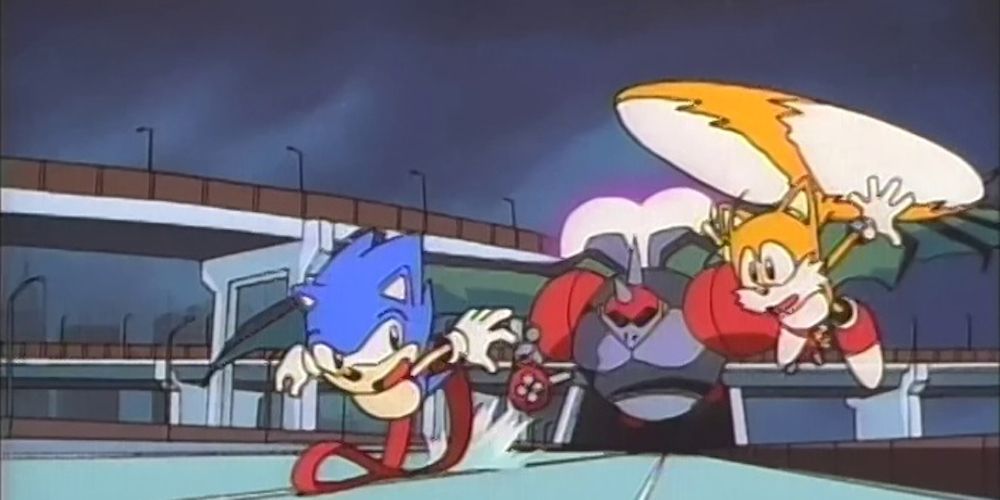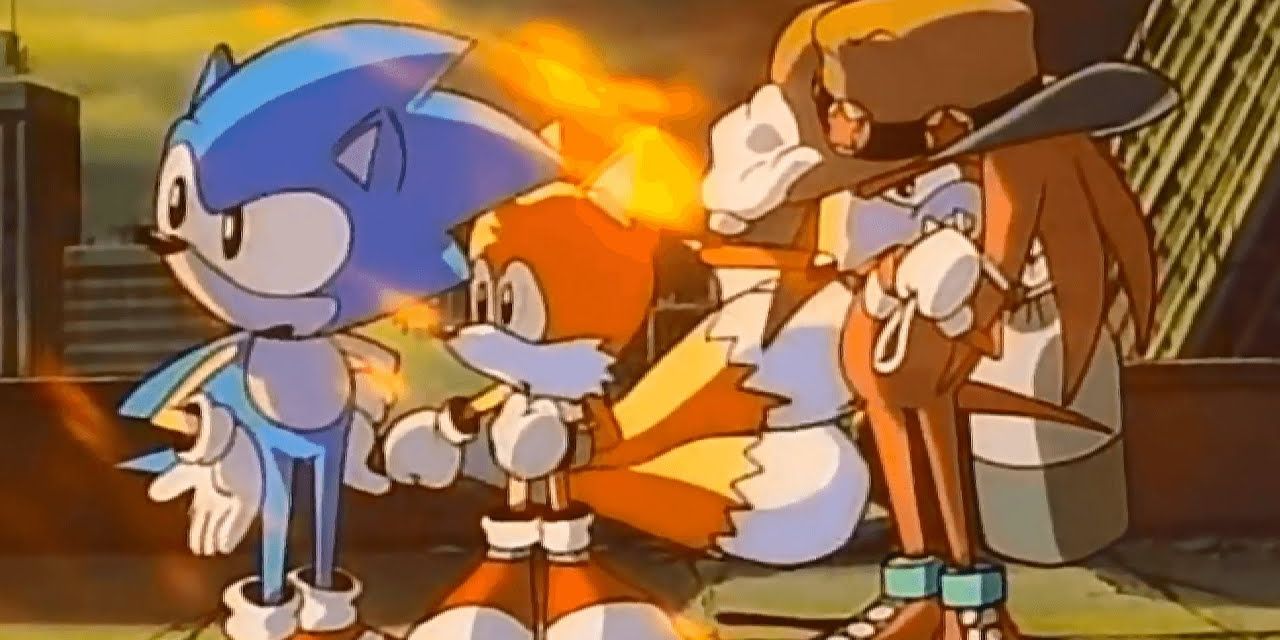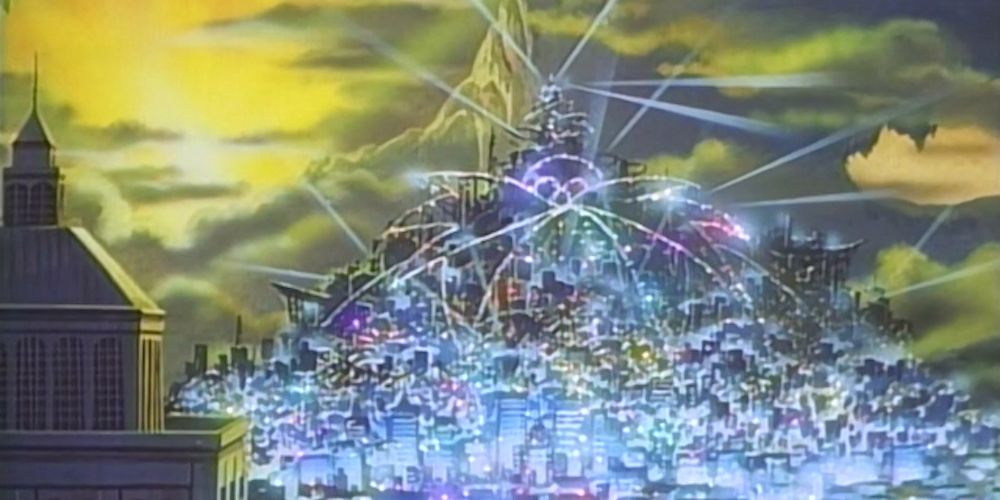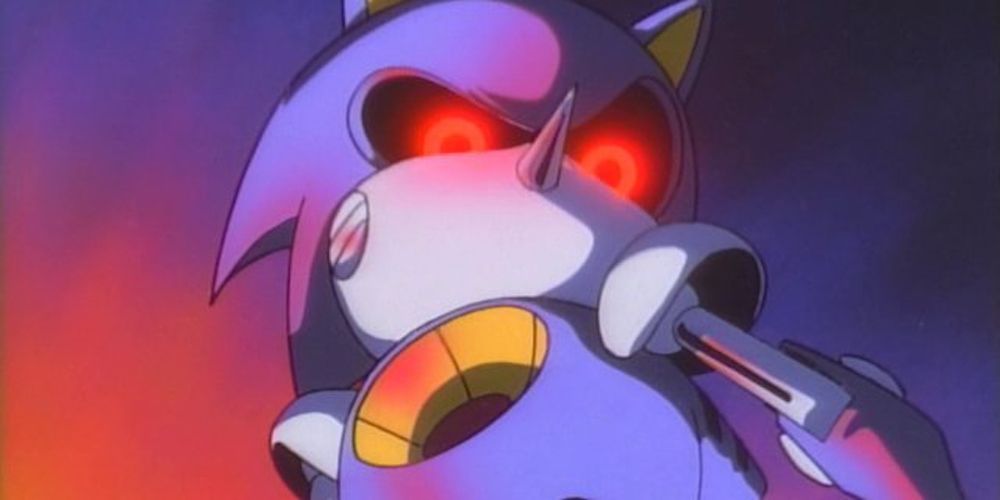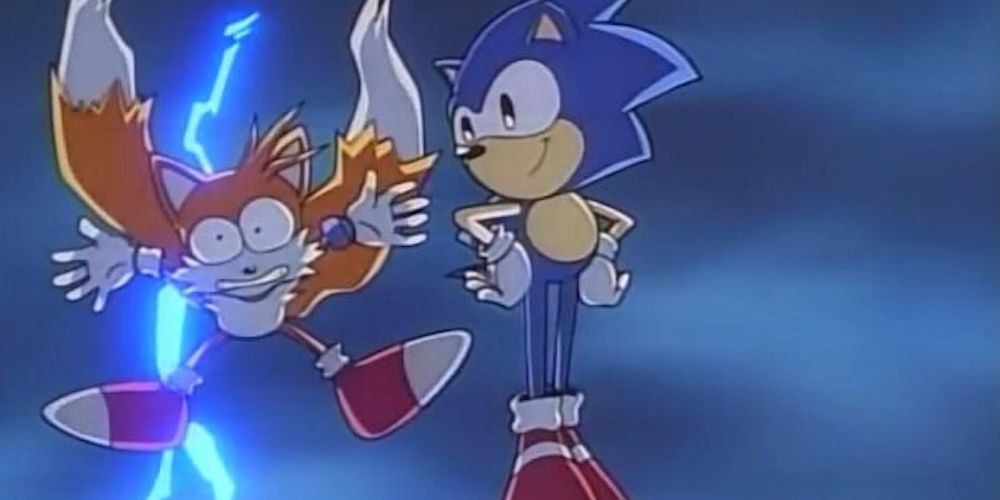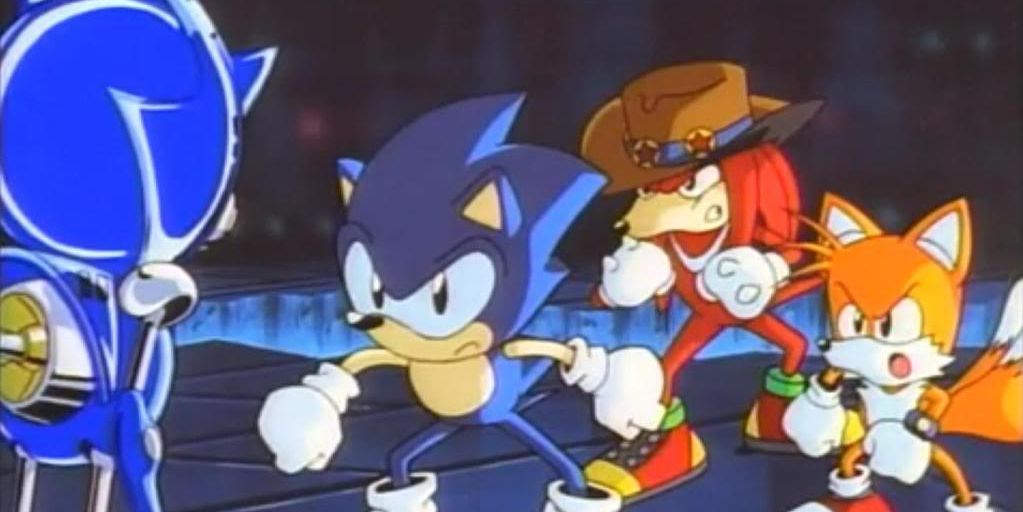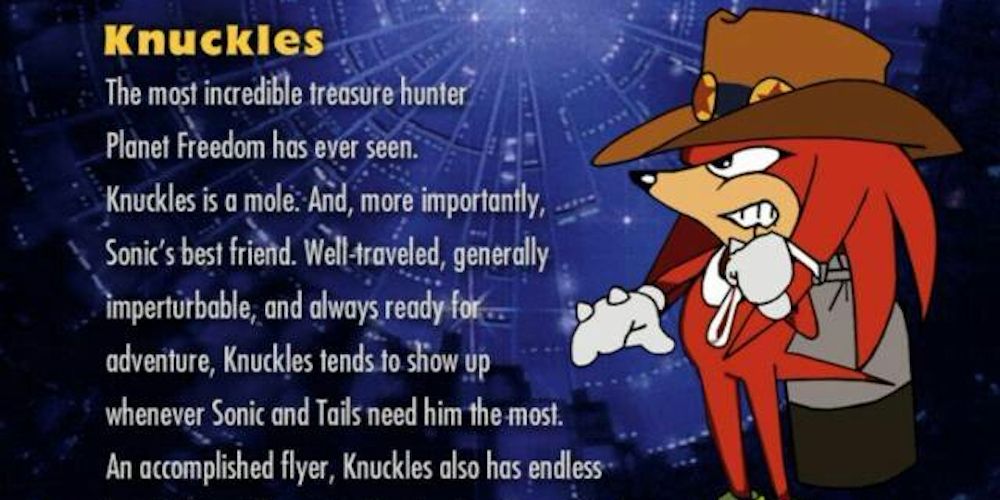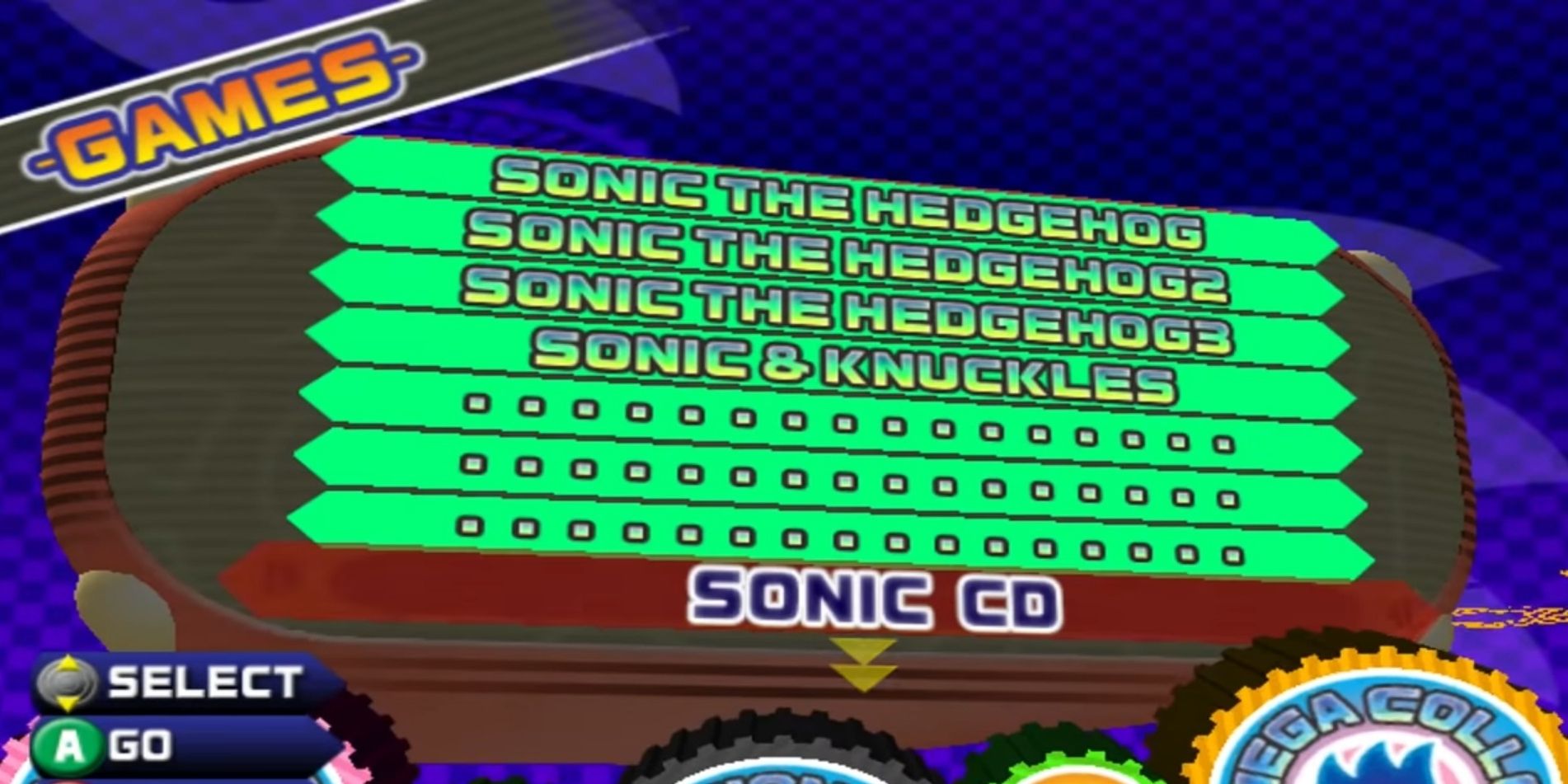Sega developed a prolific video game property in the early 1990s with their Sonic the Hedgehog games, which forever changed the platforming genre. There are still plenty more Sonic games on the way, but the character has also made a significant impact in other forms of media; he’s the perfect figure to influence an anime series.
Released in North America as Sonic the Hedgehog: The Movie, this two-episode anime OVA from 1996 was an exciting opportunity for the franchise. These Sonic OVAs have increasingly become a lost relic over time. There are some fascinating details about its production that make it so much more than just “the Sonic anime.”
10 It Was Developed As A Pilot For A Sonic Anime Series
Sonic the Hedgehog is a prolific franchise that has its roots in video games, but it has successfully expanded to other forms of media. There are multiple Sonic animated series that explore the character and his world; the Sonic anime from 1996 was actually designed to kickstart a more ambitious project.
If the two Sonic OVA installments had been more popular in Japan, then they would have acted as the introduction to a longer Sonic anime series from the same team. This is why the two episodes were packaged together as a combined “movie” in North America, but it’s compelling to consider what this Sonic anime might have been like.
9 It Was Produced By Studio Pierrot & Directed By Kazunori Ikegami
The creative forces that put together an anime project can play crucial factors in its success and style. Sonic was already an established video game series in 1996, but this anime OVA took a risk with relatively new talent to steer the ship as director.
Kazunori Ikegami would later direct for the popular racing anime, Initial D, but the Sonic OVAs are his first credits as a director. Ikegami worked together with Studio Pierrot, now known for hits like Naruto and Bleach, to determine the visual look for Sonic’s anime adventure.
Sonic has broken barriers in video games, animation, and even live-action feature films, but the character has also fueled hundreds of issues of comics across multiple series. Ian Flynn, the head writer for the Archie and IDW Sonic comics, revealed that any characters and storytelling elements that were unique to the Sonic anime OVA were off-limits in any of his comic storylines.
Flynn believed that Sega didn’t want to acknowledge past iterations of the character that weren’t explicitly owned by them, like in the case of this OVA. Sega’s agenda centered around greater representation of their modern take on Sonic.
7 Yuji Naka & Sonic Team Were Involved With Its Development
Yuji Naka and Sonic Team were essential voices in the early development of the Sonic the Hedgehog series. Naka took quite a bit of ownership over Sonic and didn’t want to see outside use of the character tarnish their brand. As a result, Naka and Sonic Team consulted on the Sonic anime OVAs to create consistency between products.
Naka’s involvement was usually a seal of approval back in the 1990s. Additionally, there’s evidence to suggest that the world featured in the OVA is in fact Earth (despite being referred to as Planet Freedom), due to wrecked evidence of New York City, specifically the Empire State Building. This is especially interesting if it was part of Naka’s plan for the franchise.
6 The English Dub Had An Uncensored Version Released In 2004 & Is Now Out Of Print
ADV’s English dub of the Sonic the Hedgehog OVAs was initially released in 1997 in North America, with a DVD re-release later following in 2004. A lot changed over the course of these seven years in terms of what anime fans expected from their releases.
The 2004 DVD release of these OVAs is the first time that North American audiences got to experience the anime in its “uncut” form. The edits and censorship in the ’97 release are benign, but still significant for purists. The Sonic OVA license expired after the dissolution of ADV in 2009 and the DVD has since gone out of print.
5 It Develops Tails’ Astraphobia
There can often be some disconnect between the characterizations of video game figures in animated series. The Sonic OVAs feature references to Tails’ astraphobia — fear of thunder and lightning — which gets triggered when he flies his plane through the skies.
Many would rightfully credit Tails’ phobia as some creative license on the anime’s part, but this fear is actually referenced in the Sega Saturn compilation title, Sonic Jam. Tails’ character bio in the game references his astraphobia, which makes the Sonic OVA one of the few pieces of media that build upon this idea.
4 It Was Briefly Considered The Truest Expression Of Early Sonic Lore
Audiences have grown to understand that the Sonic animated series largely follows their own lore that can co-exist with the video games’ increasingly bloated canon. The Sonic timeline was considerably simpler back in 1996, so it’s easy for these anime OVAs to pull from the larger narrative events from the video games.
Furthermore, the visuals and storytelling abilities in an anime were far superior to video games in the 90s. At the time, many believed the Sonic OVAs were the truest realization of what Yuji Naka and Sonic Team wanted to do with the franchise’s story. The OVAs take the salient storylines and elevate them through animation.
3 Knuckles Is Misidentified As A Mole In The Japanese Marketing
Sonic’s hedgehog status has certainly helped put the prickly critters in the spotlight and this is even truer for Knuckles and echidna representation. Knuckles’ unique skills, like his ability to glide through the air, climb walls, and dig, all connect to his strengths as an echidna.
Knuckles is still a relatively new Sonic character when the OVAs come along, so it must have been confusing for fans when marketing materials and character bios refer to Knuckles as a mole, not an echidna. Knuckles is colloquially referred to as Mister Mole and even presented in a humorous Whack-A-Mole setup.
2 It Was First Advertised In Sonic Jam & Released To Coincide With Sonic Adventure
Many consider the general failure of the Sega Saturn to be a result of the console’s lack of a proper Sonic the Hedgehog game. Sonic Jam, a compilation release of the first three games in the series, was released as a way to appease fans.
Sonic Jam includes a 3D overworld that also features other extras and bonuses, like a movie theater and music shop. This movie theater includes a trailer for the Sonic anime OVAs and is its first real advertisement. Conversely, the anime’s North American dub release on September 7, 1999 was prompted by the North American launch of the Sega Dreamcast and Sonic Adventure.
1 It Was Originally Going to Be Included In Sonic Mega Collection
There is an embarrassing amount of compilation titles that assemble the major and minor releases from the diverse Sonic the Hedgehog series. It’s quite novel to have a large collection of titles from multiple Sega consoles all in one place. Sonic Mega Collection features seven major Sonic releases, but also a wealth of unlockable titles and extra content from Sonic’s legacy.
A lot of Sonic cutscenes and movies are included and early prototypes of the Mega Collection intended to include the Sonic anime OVAs as extras. The fact that they’re not included is likely due to licensing issues, but it would have made this out-of-print release much more accessible.
